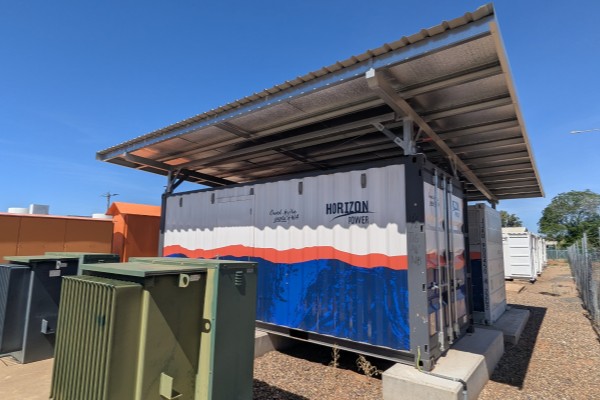Standards going with the flow (batteries)
Standards Australia has released new guidelines to support the safe use of flow batteries, a home-grown technology set to play a key role in the nation’s energy transition. Casey McGuire writes.
Standards Australia has released the Flow Battery Energy Storage – Guidelines for Safe and Effective Use. The guidelines were made in collaboration with industry experts, government stakeholders and Standards Australia, and considers best practices across key aspects of the flow battery lifecycle, including system design, installation, operation and maintenance.
ADVERTISEMENT
Flow batteries are widely regarded for their ability to deliver long-duration energy storage, strong safety credentials and reliability for stationary applications. This guide underlines Australia’s push to lead in energy innovation and highlights the critical role of storage technologies in driving the energy transition.
These are rechargeable systems that store energy in liquid electrolytes held in external tanks, which are pumped through a cell to generate electricity. Unlike regular batteries (like lithium-ion batteries), where the energy is stored inside the battery cell itself, flow batteries keep the energy separate from the power-generating system.
This means that batteries can be larger or smaller by changing the size of the electrolyte tanks, making them ideal for large-scale energy storage. They are also safer and last longer because the parts don’t wear out as quickly.
Flow batteries are mainly used for commercial, industrial or grid-scale applications. They are usually too large and complex for most homes, but the technology is evolving, and smaller systems are being developed.
In the 1980s, researchers at UNSW invented the vanadium redox flow battery (VRFB) technology that underpins today’s systems. Australia installed its first utility-scale VRFB in South Australia in 2023, a 2MW/8MWh system paired with solar and backed by ARENA funding.
The country also has domestic vanadium electrolyte production facilities, with Australian Vanadium operating in Perth and Vecco Group building a larger plant in Townsville. Both contribute critical parts of the VRFB supply chain.
These efforts form part of a broader push, including a government-backed AU$500 million battery strategy, to scale up flow battery manufacturing and secure local critical mineral resources.
Australia is building a global lead in the development and deployment of flow batteries, supported by historic invention, policy backing, strong mineral resources and a rapidly growing local industry.
“Standards Australia’s strategic projects aim to better enable community safety, as we all progress and grow the economy,” Standards Australia strategic initiatives manager Dr Scott Brownlaw says
“This includes creating guardrails to keep people, products and processes safe throughout our energy transition.”
Electricians are central to getting flow battery systems up and running and keeping them safe over the long term. Their work begins with installing the essential electrical components such as inverters, switchboards and wiring that link the battery to the site or grid.
“Once it’s all installed, electricians help test and commission the system to make sure it’s working properly. And over time, they check and maintain the electrical parts to catch any issues early and keep things running smoothly,” Scott says.
“Even though flow batteries are generally safer than lithium batteries by being less of a fire risk, they still involve high-voltage equipment, so having a qualified electrician involved is essential. Electricians will usually work alongside other experts too, like engineers or system installers, especially given that the systems have pumps and more complex electrical components.”
Beyond installation, compliance and commissioning, regular maintenance and inspections are ongoing. Electricians need to check electrical components throughout the system’s life to identify wear, potential faults or efficiency issues and complete any necessary repairs or replacements.
Flow batteries have several advantages over lithium-ion systems, especially for large-scale energy storage. They typically last 10-20 years without losing performance and are considered safer because they use non-flammable water-based electrolytes that lower the risk of fire.
Their capacity can be scaled up by enlarging the electrolyte tanks, making them well-suited to solar or wind storage. Flow batteries can also be fully discharged without damage, require fewer replacements thanks to their modular design and in some cases use materials that are easier to recycle and less harmful than those found in lithium-ion batteries.
“Standards Australia will continue to work closely with the electrical industry to help address key priorities around the safe installation of Flow Batteries with the aim of helping to grow our contribution to Australia’s clean energy future,” Scott says.
“As we progress in our energy transition, Standards Australia will be an increasingly central part of Australia’s future economy and progress toward net zero.”
-
ADVERTISEMENT
-
ADVERTISEMENT


